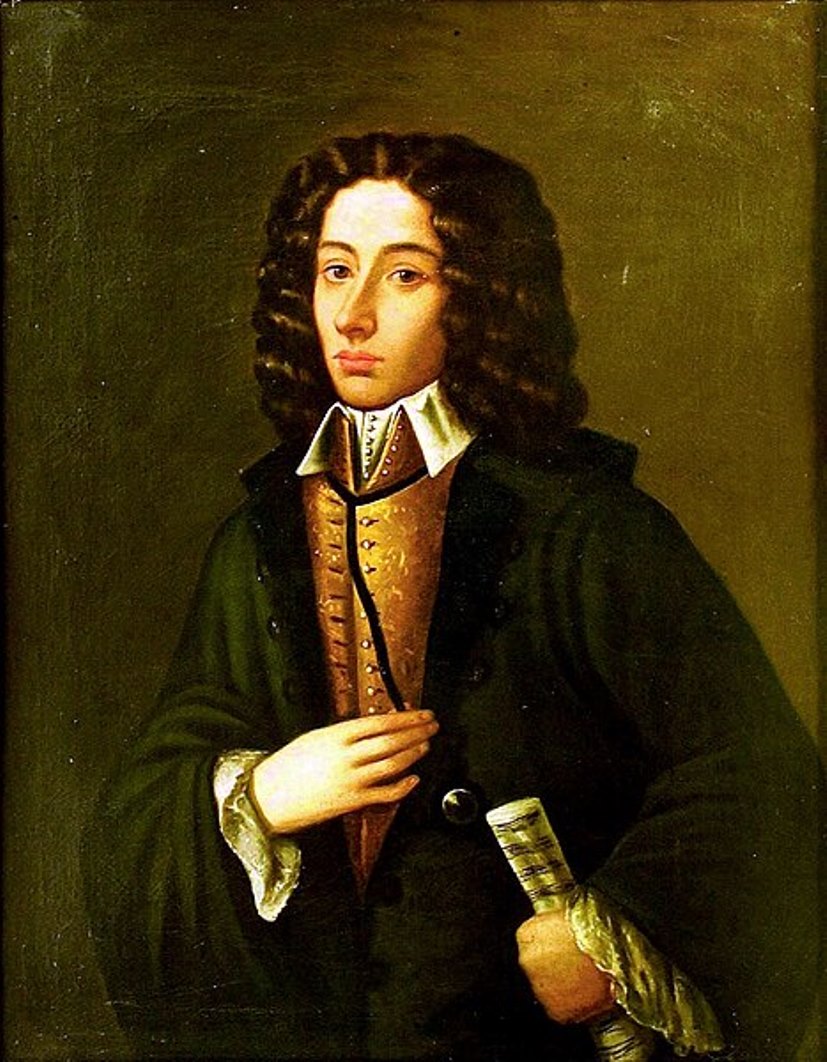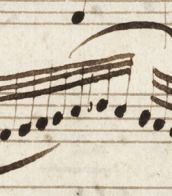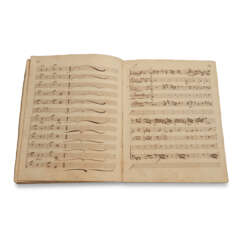Giovanni Battista Pergolesi (1710 - 1736) — Auction price

Giovanni Battista Pergolesi, born Giovanni Battista Draghi, was an Italian composer, violinist and organist, a leading representative of the Baroque and Neapolitan school.
Around 1720 he entered the Poveri Conservatory in Naples, where he earned a high reputation as a violinist. In 1732 Pergolesi was appointed maestro of the Prince of Stigliano's Chapel in Naples and soon composed his most successful work, the opera-buffa The Lady's Maid, which quickly gained popularity. His subsequent operas did not achieve the same success.
The Lady's Maid became much more popular when it was staged in Paris in 1752 after the composer's death. It also sparked fierce debate between conservatives, supporters of traditional French opera, and fans of the new Italian comic style. Pergolesi's opera-buffa became a forerunner of subsequent classical works: these are W. A. Mozart's The Marriage of Figaro, J. Rossini's The Barber of Seville, G. Verdi's Falstaff, I. Stravinsky's The Moor, and others.
Alongside secular music Pergolesi composed sacred music. His masses and hymns demonstrate the composer's ability to cope with large choral and instrumental forces, as well as with chamber music. Shortly before his death, he composed the cantata Stabat Mater, one of the composer's most inspired works, written for a small chamber ensemble (soprano, viola, string quartet and organ), filled with sublime, sincere and heartfelt lyrical feeling.
Fate, however, was not favorable to the young talent: Giovanni Battista Pergolesi died of tuberculosis in extreme poverty at the age of 26.


Giovanni Battista Pergolesi, born Giovanni Battista Draghi, was an Italian composer, violinist and organist, a leading representative of the Baroque and Neapolitan school.
Around 1720 he entered the Poveri Conservatory in Naples, where he earned a high reputation as a violinist. In 1732 Pergolesi was appointed maestro of the Prince of Stigliano's Chapel in Naples and soon composed his most successful work, the opera-buffa The Lady's Maid, which quickly gained popularity. His subsequent operas did not achieve the same success.
The Lady's Maid became much more popular when it was staged in Paris in 1752 after the composer's death. It also sparked fierce debate between conservatives, supporters of traditional French opera, and fans of the new Italian comic style. Pergolesi's opera-buffa became a forerunner of subsequent classical works: these are W. A. Mozart's The Marriage of Figaro, J. Rossini's The Barber of Seville, G. Verdi's Falstaff, I. Stravinsky's The Moor, and others.
Alongside secular music Pergolesi composed sacred music. His masses and hymns demonstrate the composer's ability to cope with large choral and instrumental forces, as well as with chamber music. Shortly before his death, he composed the cantata Stabat Mater, one of the composer's most inspired works, written for a small chamber ensemble (soprano, viola, string quartet and organ), filled with sublime, sincere and heartfelt lyrical feeling.
Fate, however, was not favorable to the young talent: Giovanni Battista Pergolesi died of tuberculosis in extreme poverty at the age of 26.




